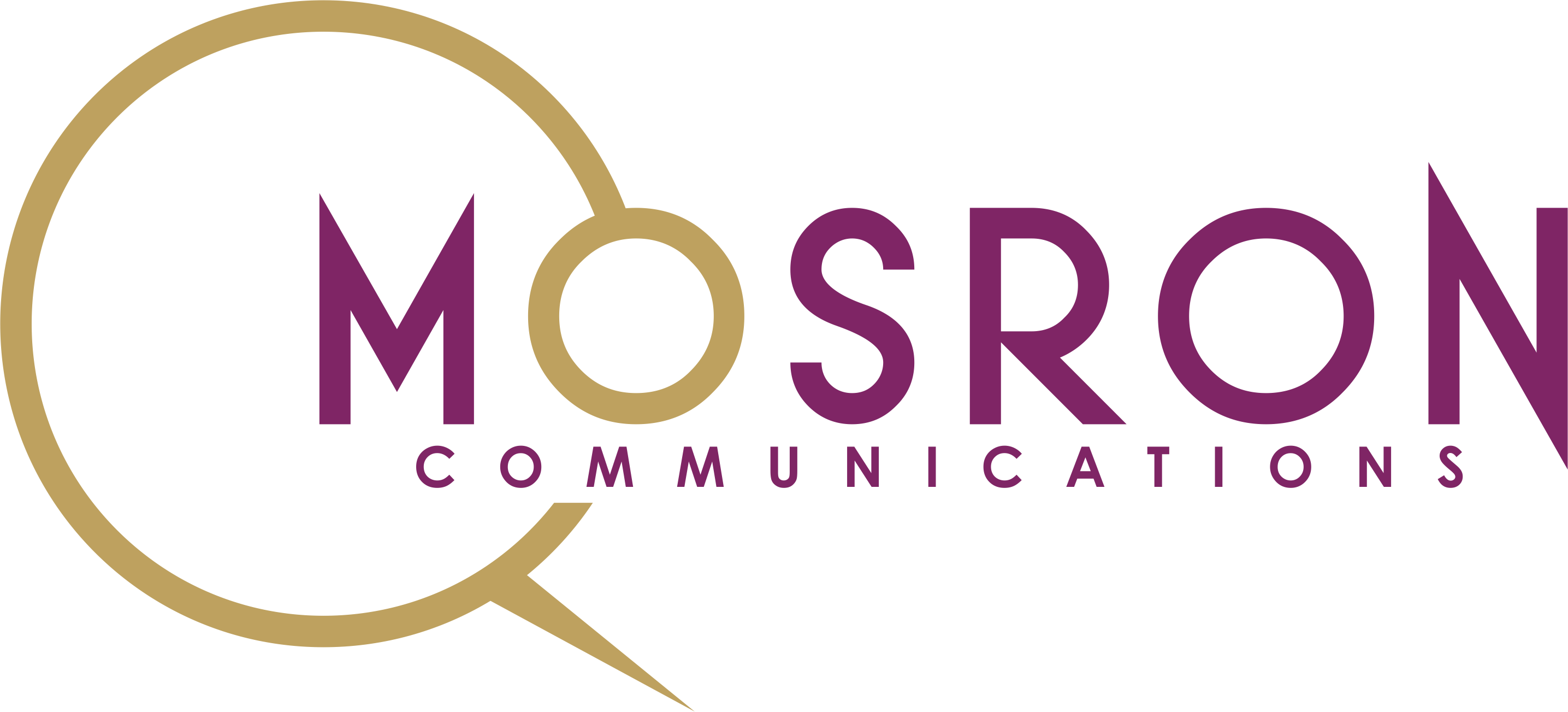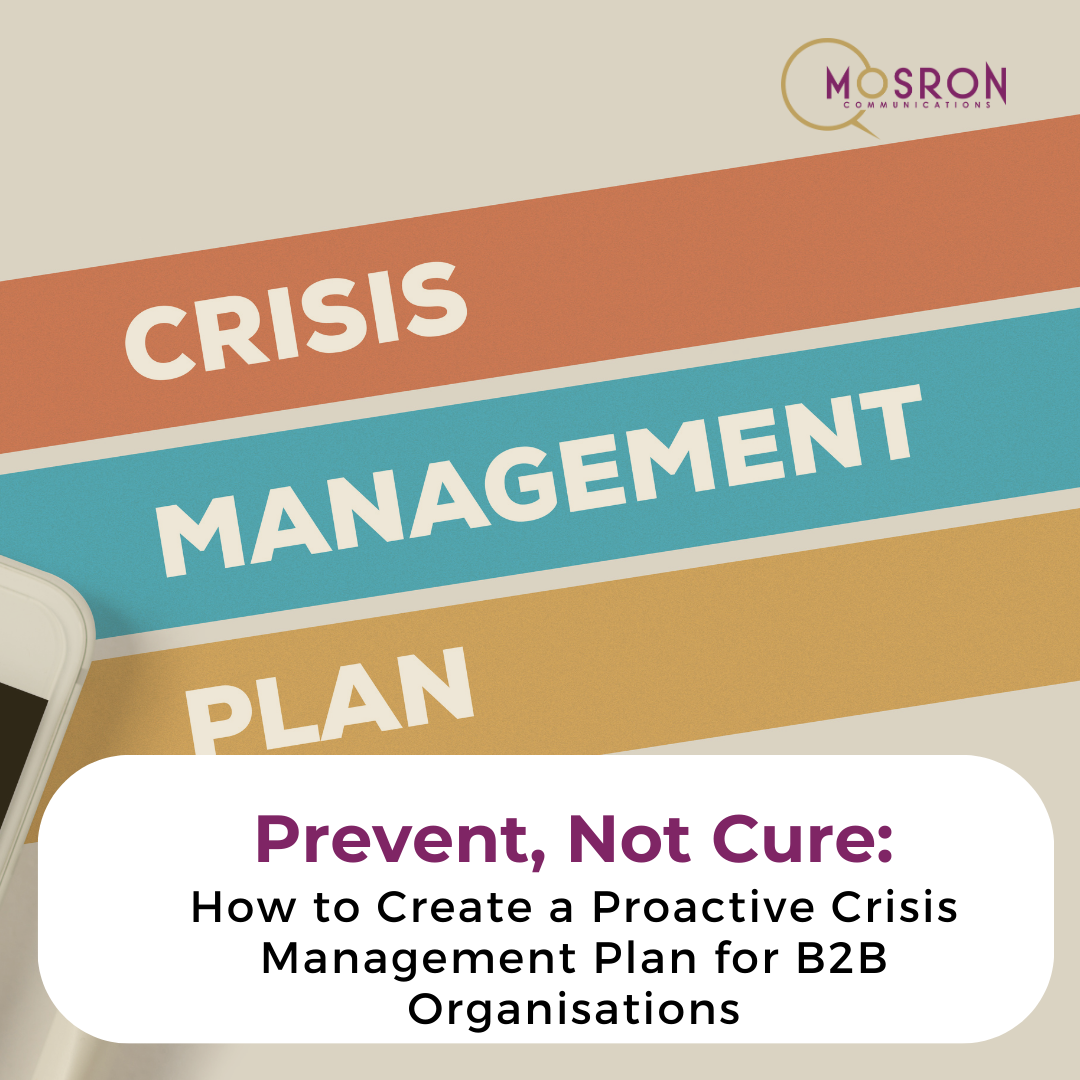“Good relationships with media are what will save us in times of crises!”
As a business lead, have you ever thought that established relationships with media houses are a magic pill for potential reputational crises?
With an undeniable role of media in spreading or decelerating a business crisis, it is only one stakeholder cog in a 360-degree crisis management wheel. According to the PwC`s Global Crisis and Resilience Survey 2023, 96% of organisations have experienced a disruption in the past two years, while for 76% of them, the disruption made a medium-to-high impact on business operations. In practice, the more stakeholders are affected by a crisis and the later their interests are considered, the deeper and more severe the impact on the business bottom line is.
While the media are primary whistleblowers of a crisis, they can not get information without a source. There should be a disgruntled partner, vendor or an employee who becomes the goldmine of sensitive information for media outlets. In some cases, there is even a C-level executive who makes an indiscreet comment on social media or during a town hall meeting with employees. These stakeholders spread damaging brand information across multiple channels which make it easy for media to pick and carry along, leading to a serious crisis.
To keep a brand unscathed, it is important to proactively manage crises instead of treating them post-factum when the damage is already caused. A proactive crisis management plan should provide more than ready-made samples of responses to media inquiries for a potential crisis. For B2B organisations, identification of relevant stakeholders may be a daunting task as the spectrum of interested and involved parties is wider than customers and general public.
Here are 5 tips from our #MosronPeople on how to make sure your crisis management plan is truly proactive and encompasses key nuances of your organisation:
- Identify each location with its business risks.
If your company has international presence, it is important to look into each region and check what potential crises may emerge there. For example, there can be a legal update that directly affects your industry, or there can be a socio-political crisis that can change perception of your brand not for your benefit or even inform you to change your modus operandi in the market. Conduct a risk analysis for each region of presence and see what your potential pain points are there.
- Create a detailed stakeholder map.
Like we said, media is just one stakeholder group. As your organisation is not operating in silos, there are certainly other stakeholders who make your operations viable and smooth — regulators, investors, shareholders, employees and even the management. List them all out, including per location. It will give you a clear picture of who should be the targets of your proactive crisis management efforts.
- Work out interests of all identified stakeholders and your dependencies.
Apparently, motivations and objectives of regulators and employees differ, as well as their expectations from your organisation. You also have different affairs with each stakeholder group. And, of course, you depend on each of them in a different way. Identify all current and prospective projects, permissions and initiatives you are going to have with each stakeholder in the long, medium and short terms. By doing so, you will have a clue in what areas you should spend your resources.
- Set up an algorithm of actions and tones to deal with each stakeholder group.
Before and during a potential crisis, you will definitely adopt special communication modes with various stakeholders, approaching them specially as well. For instance, to settle a matter with a regulator would require another sequence of actions than to find a compromise with a dissatisfied employee or persuade an investor that the funds have been managed properly. There are also different sets of data and messages that you would require to address employee concerns, prove the business sustainability to an investor or defend a CEO in front of the board after a controversial social media comment.
- Prepare minimum three crisis scenarios for each stakeholder segment.
A crisis may strike from several corners. With each stakeholder group, there can be a minimum three points of conflict of interests. Play out more than one scenario per each stakeholder group in your crisis management plan.
Following this advice in creating your crisis management plan, your organisation will be able to preemptively anticipate and prevent crises instead of having to deal with the costly consequences. Remember — prevention is always better than cure.
#MosronCommunications
#PublicRelationsConsultants
#PartnersNotVendors
#Crisis Management
#B2BCommunications







